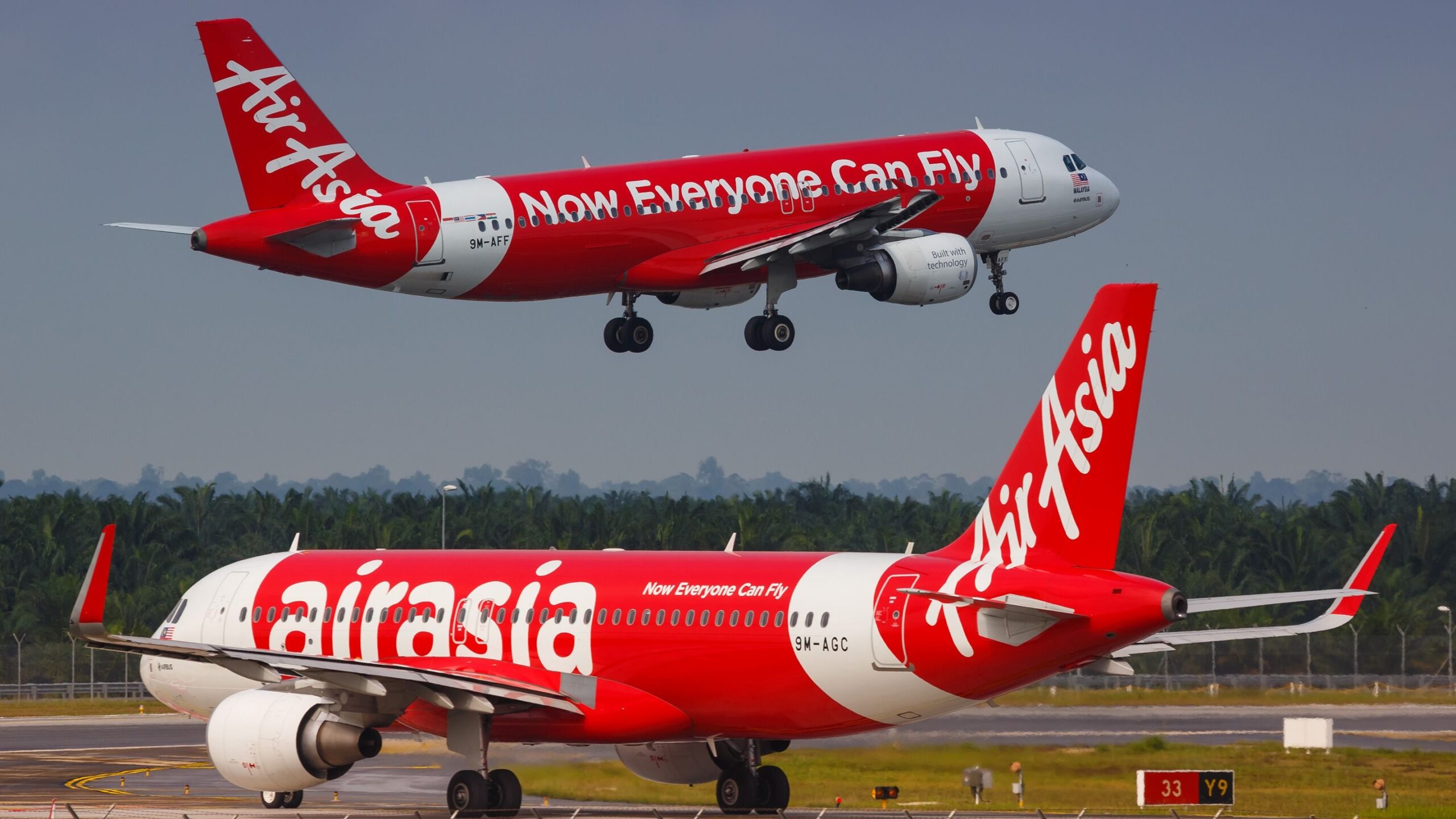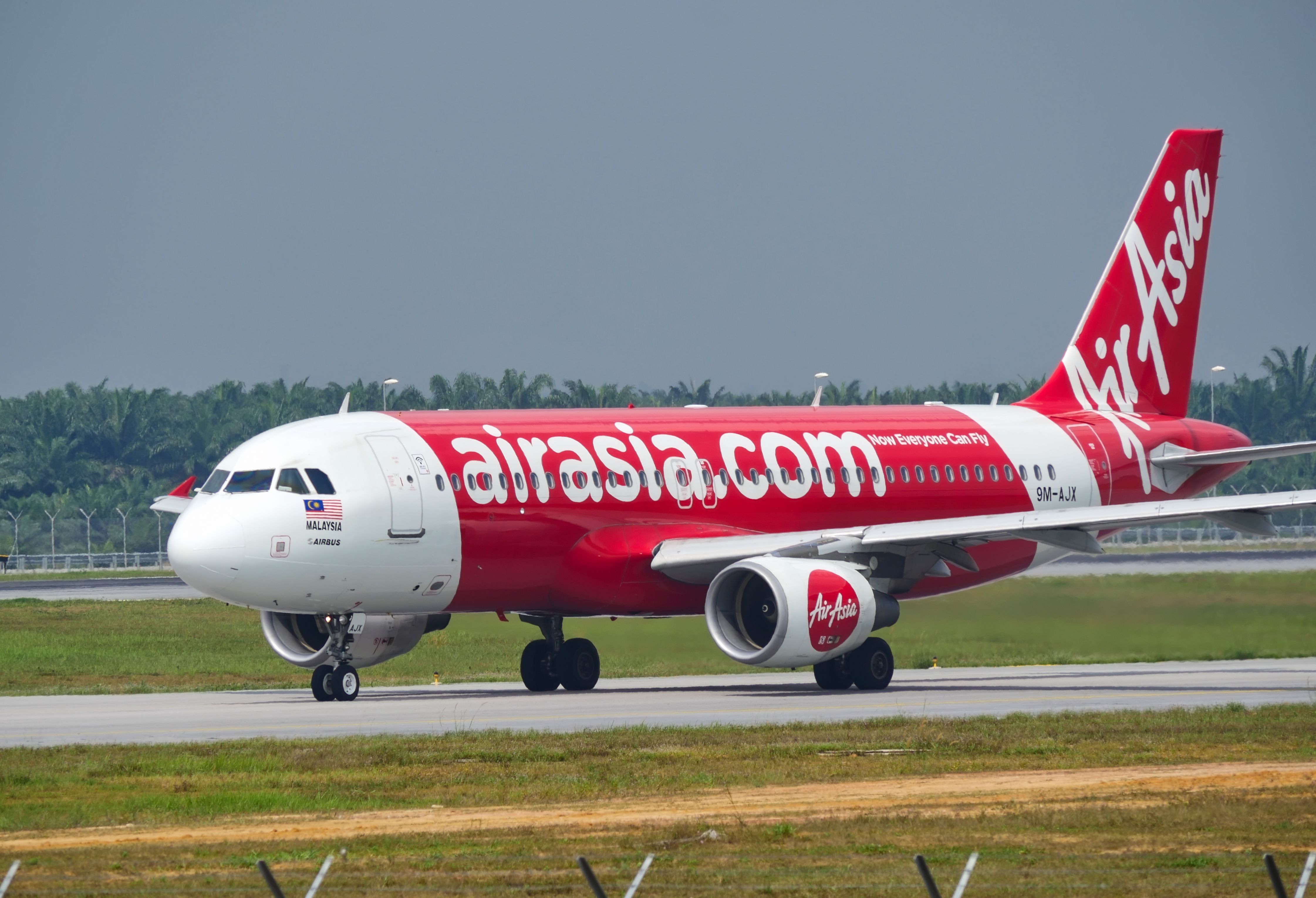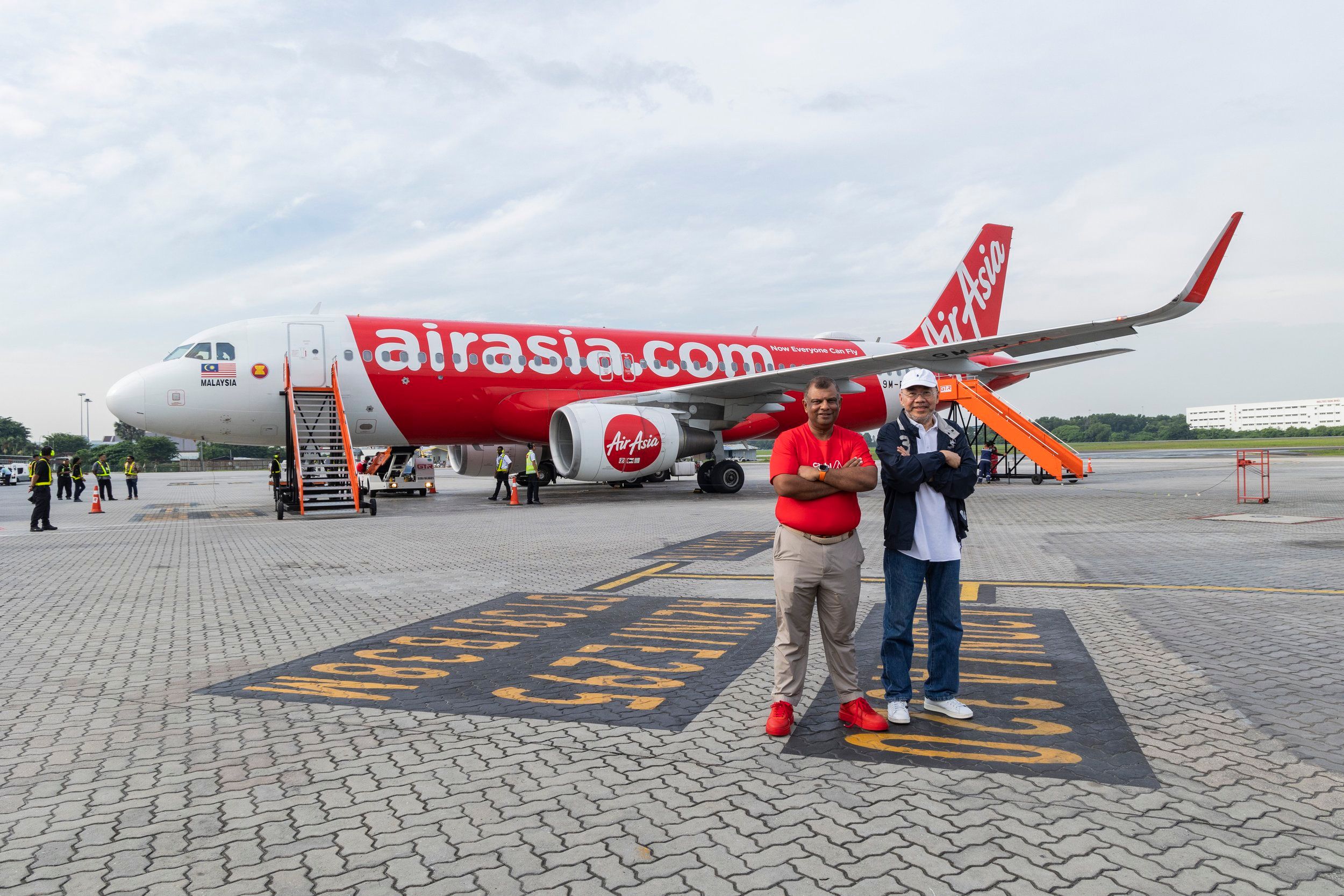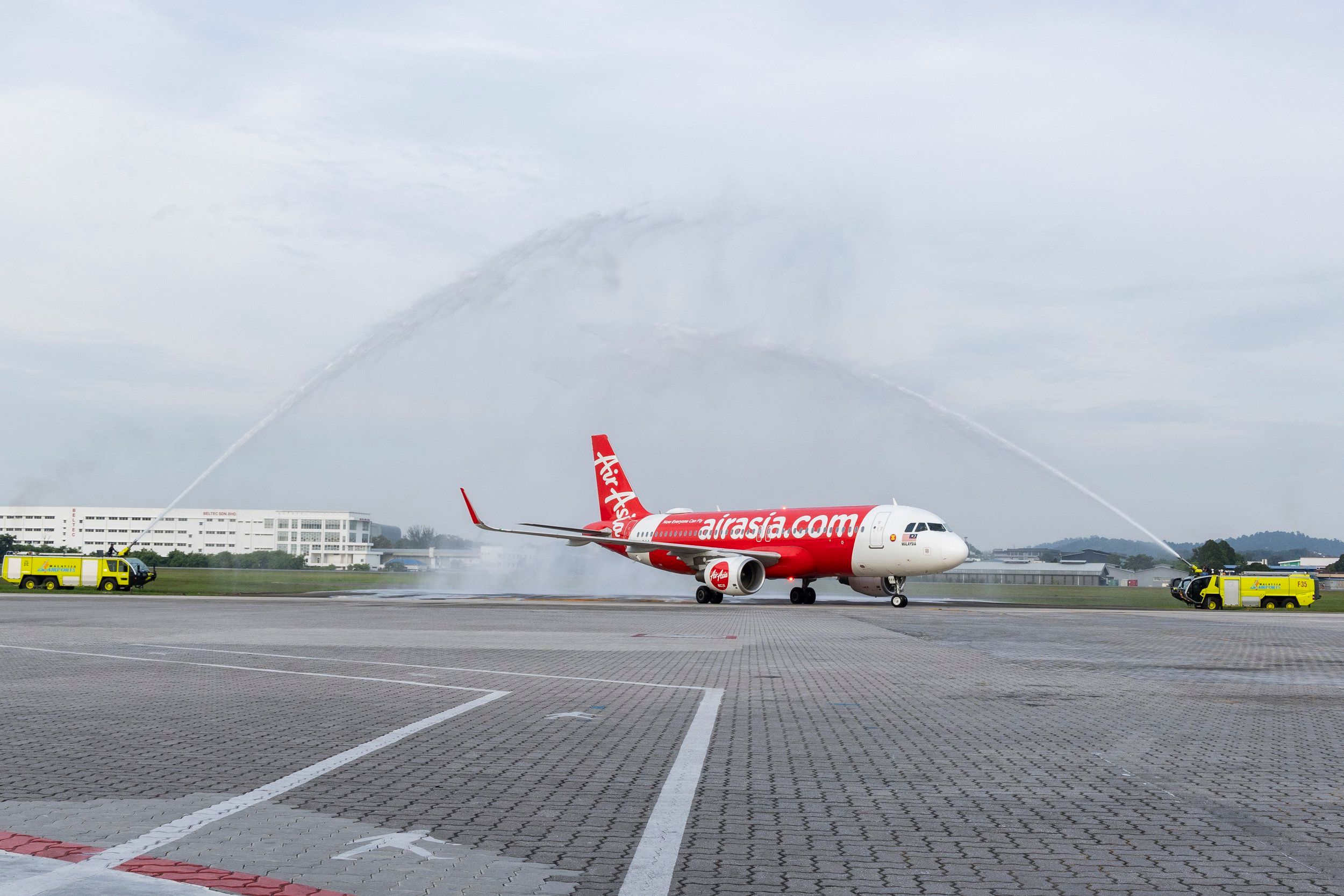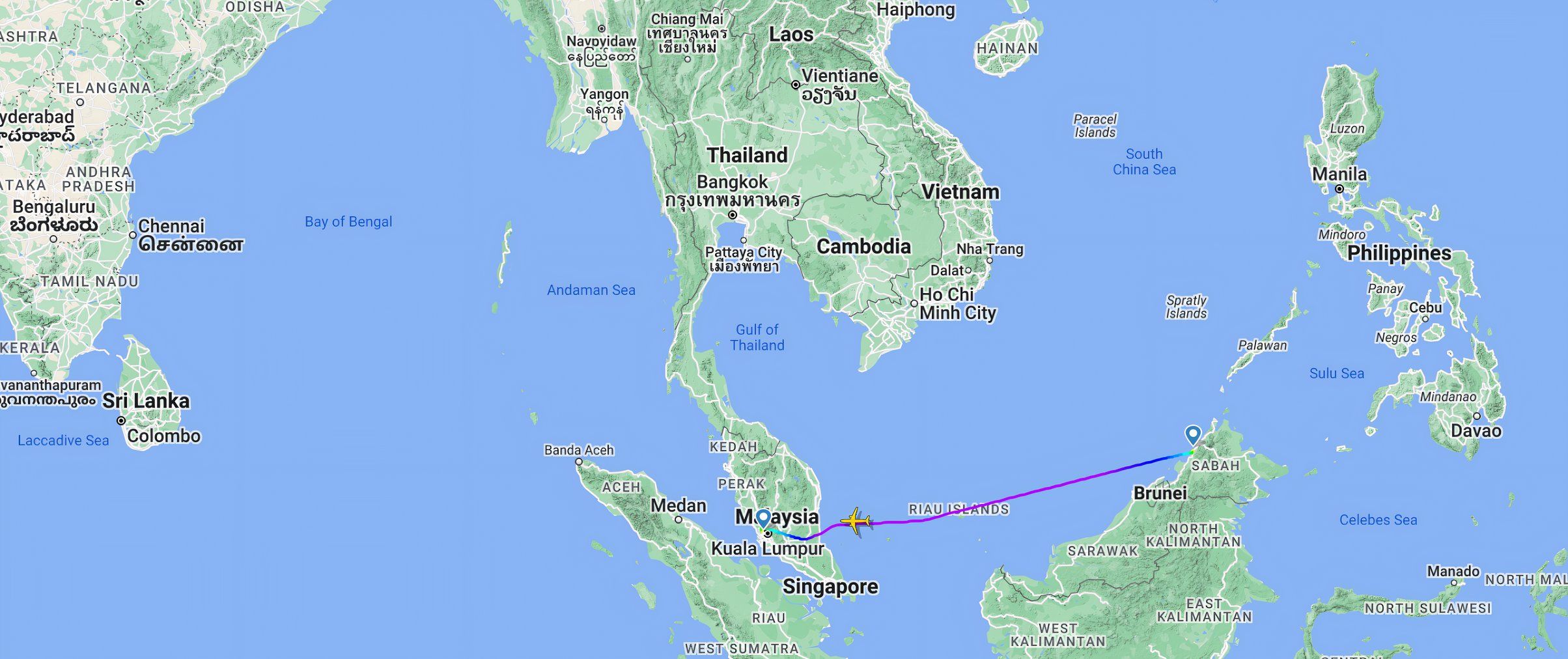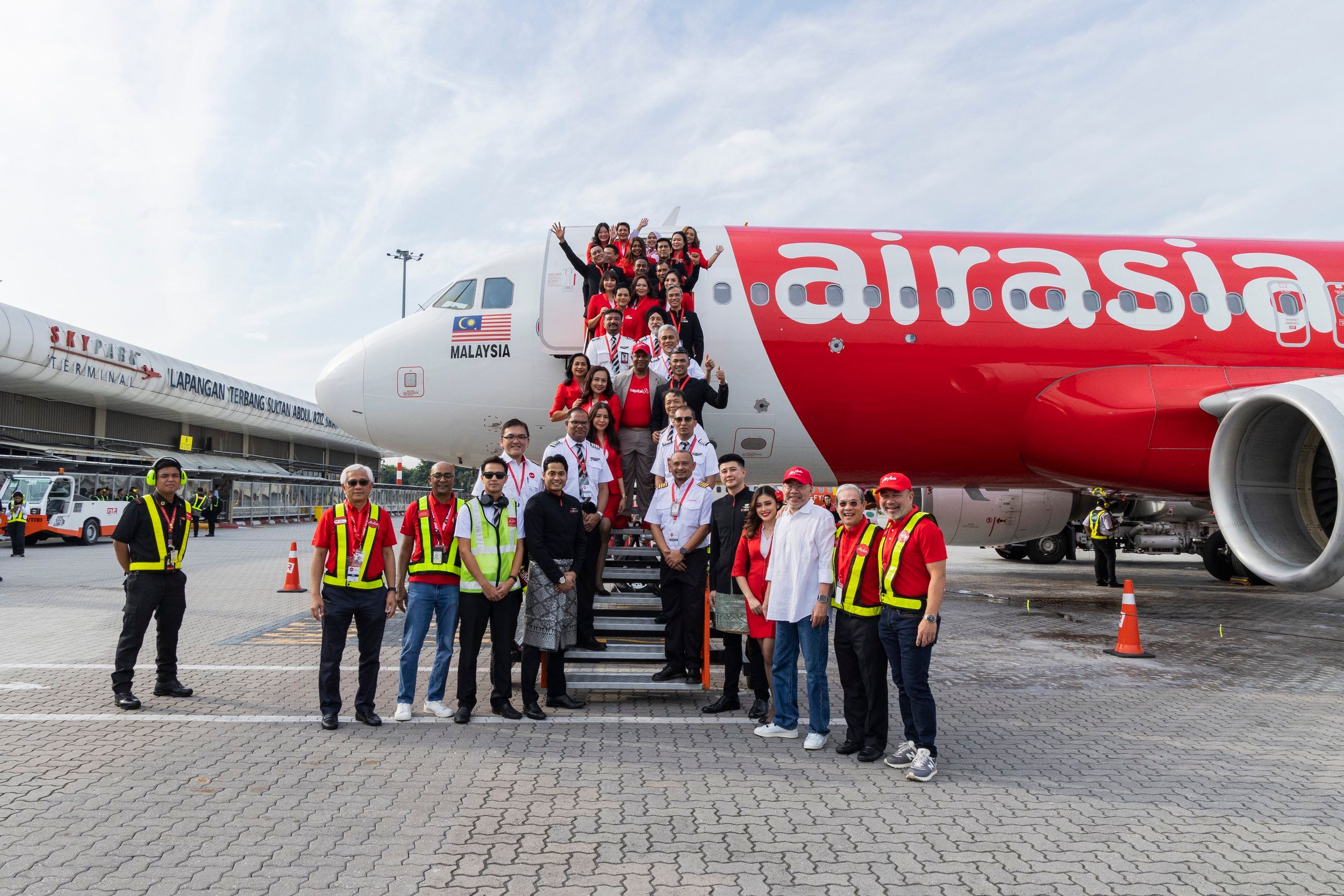The mini-revival of inner-city airports in Kuala Lumpur and Bangkok is starting to catch the mainstream media’s attention. Last week’s return of AirAsia scheduled flights at Subang Airport is another step forward in the common-sense approach to using Subang and Don Mueang in Bangkok.
AirAsia returns
On Friday, AirAsia commenced its operations from Subang Airport, or more accurately, from Sultan Abdul Aziz Shah Airport (SZD) as it is now officially known. The day was a highly symbolic time for AirAsia, as it was reconnecting with its origins 24 years after first launching operations from Subang Airport, which is planned to become AirAsia’s sixth Malaysian hub.
Photo: Jaggat Rashidi/Shutterstock
This was especially true for AirAsia co-founder Tony Fernandes, now the CEO of Capital A and Advisor to the AirAsia Aviation Group. On Friday, he said that Subang Airport had always held a special place in his heart, as “it was here that we launched our first steps as a small airline with a big dream.” Fernandes added:
“Today, as we return, we do so with the same passion and determination but with far greater experience and ambition as we explore new growth opportunities for both AirAsia and Capital A with this new beginning. The ongoing revitalisation plans for Subang Airport advance Malaysia’s ambition to become a premier aviation hub in the region.”
Photo: AirAsia
The move to Subang is not about sentimentality or a publicity stunt; AirAsia has returned to significantly enhance connectivity within Malaysia and across the region. In 2023, AirAsia carried more than 14 million passengers across its domestic network, and with the addition of Subang, it aims to increase its domestic passenger numbers further.
Some big plans for Subang
On August 30, AirAsia flight AK4102 departed Kota Kinabalu International Airport (BKI) at 06:29 and landed at Subang Airport at 08:35 after a 2:06-hour flight. The 2018 Airbus A320-200, registration 9M-RAA and MSN 08252 was greeted at the airport with the traditional water cannon salute and much cheering from the assembled AirAsia Allstars.
Photo: AirAsia
The A320 departed Subang at 09:45 for Kuching International Airport (KCH), arriving there at 11:18. It then spent the rest of the day flying return services out of Subang to Kota Kinabalu and Kuching. By capacity, AirAsia is Malaysia’s largest airline and has the most comprehensive domestic network, with 40 routes and 1,860 return weekly domestic flights by the end of December 2024.
Subang and Don Mueang International (DMK) in Bangkok are attractive because they are significantly closer to the central business districts than the two airports that replaced them as the international gateways. This makes a day trip for business travelers more productive, and the airport’s proximity to the city center provides a better travel experience and greater flexibility for all passengers.
Photo: AirAsia
Fernandes said that reintroducing narrowbody aircraft operations at Subang is a step towards modernizing the historic airport into a vibrant city terminal that will serve as a center for business travelers. Capital A is the parent company of AirAsia, and he said that the various arms of Capital A are committed to contributing to this significant transformation in Malaysia’s aviation landscape.

